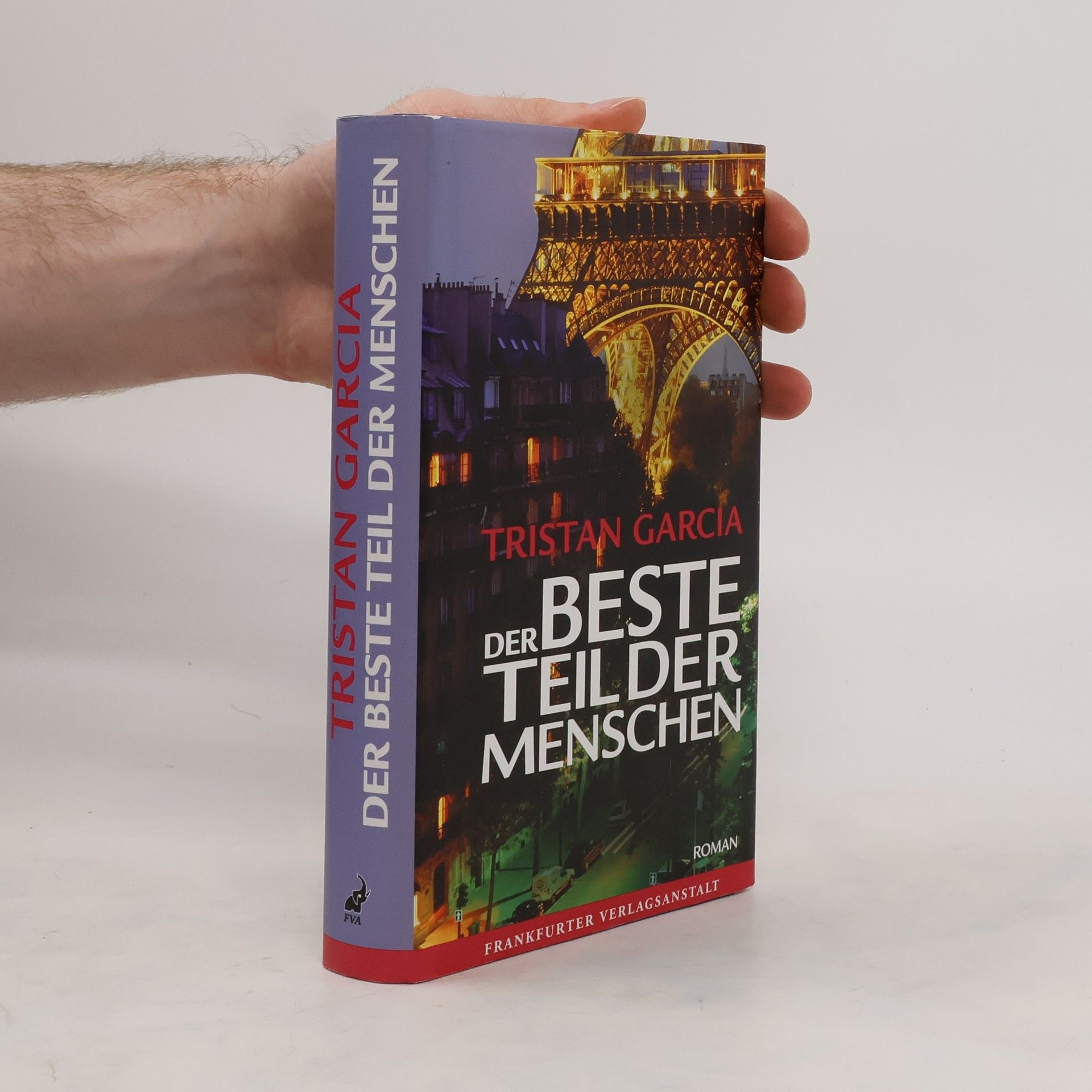Theater, garden, bestiary
- 310pagine
- 11 ore di lettura
Proposing a history of exhibitions sourced from a wide corpus reaching beyond the framework of art institutions.This volume gathers and expands upon the results of the research project "Theater, Garden, Bestiary: A Materialist History of Exhibitions," held at ECAL/University of Art and Design Lausanne, and proposes a history of exhibitions sourced from a wide corpus reaching beyond the framework of art institutions. It undertakes a transdisciplinary history at the nexus of art history, science studies, and philosophy, exploring the role the exhibition played in the construction of the conceptual categories of modernity, and outlines a historiographical model that conceptualizes the exhibition as both an aesthetic and an epistemic site.


